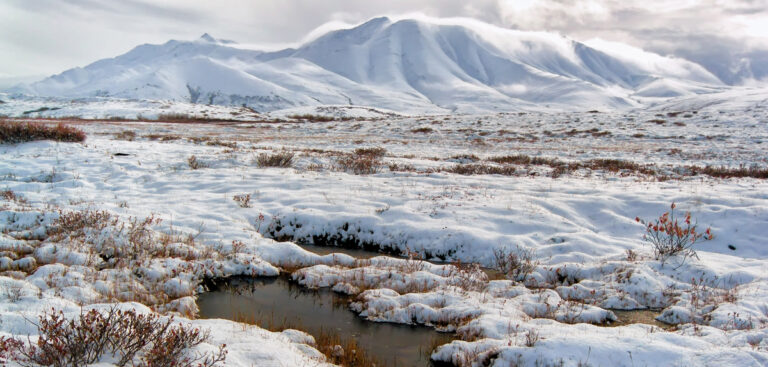The latest drone and satellite technology is helping understand how the Arctic tundra is getting greener, and the reasons are more complex than previously thought.
As Arctic summer temperatures increase, plants are responding by coming into leaf sooner in spring. Tundra vegetation is spreading into new areas, and where plants were already growing, they are growing taller.
A team of 40 scientists from 36 institutions from Europe and North America are finding that the Arctic greening observed from space is caused by more than just the responses of tundra plants to warming on the ground.
Satellites are also capturing other changes including differences in the timing of snowmelt and the wetness of landscapes.
Lead author Dr Isla Myers-Smith of the UK’s University of Edinburgh School of GeoSciences said, “New technologies including sensors on drones, airplanes and satellites, are enabling scientists to track emerging patterns of greening found within satellite pixels that cover the size of football fields.”
Prof. Scott Goetz of the School of Informatics, Computing and Cyber Systems at Northern Arizona University added that the research is vital to understanding global climate change as tundra plants act as a barrier between the warming atmosphere and carbon stored in frozen ground.
Changes in vegetation alter the balance between the amount of carbon captured and released into the atmosphere.
The study will help scientists understand which factors will speed up or slow down warming.
Co-lead author Dr Jeffrey Kerby, a Neukom Fellow at Dartmouth College added, “Besides collecting new imagery, advances in how we process and analyse these data – even imagery that is decades old – are revolutionizing how we understand the past, present and future of the Arctic.”



